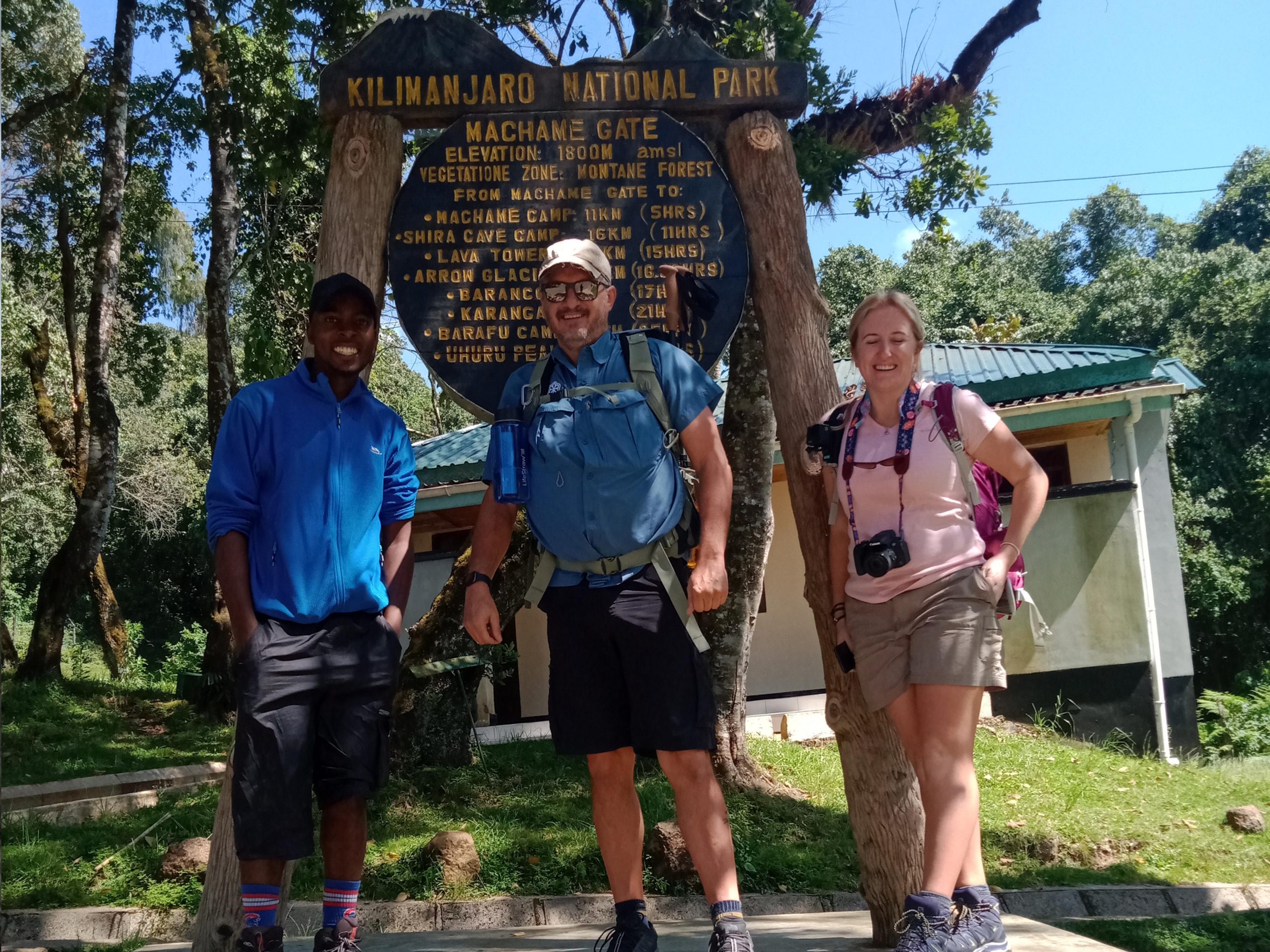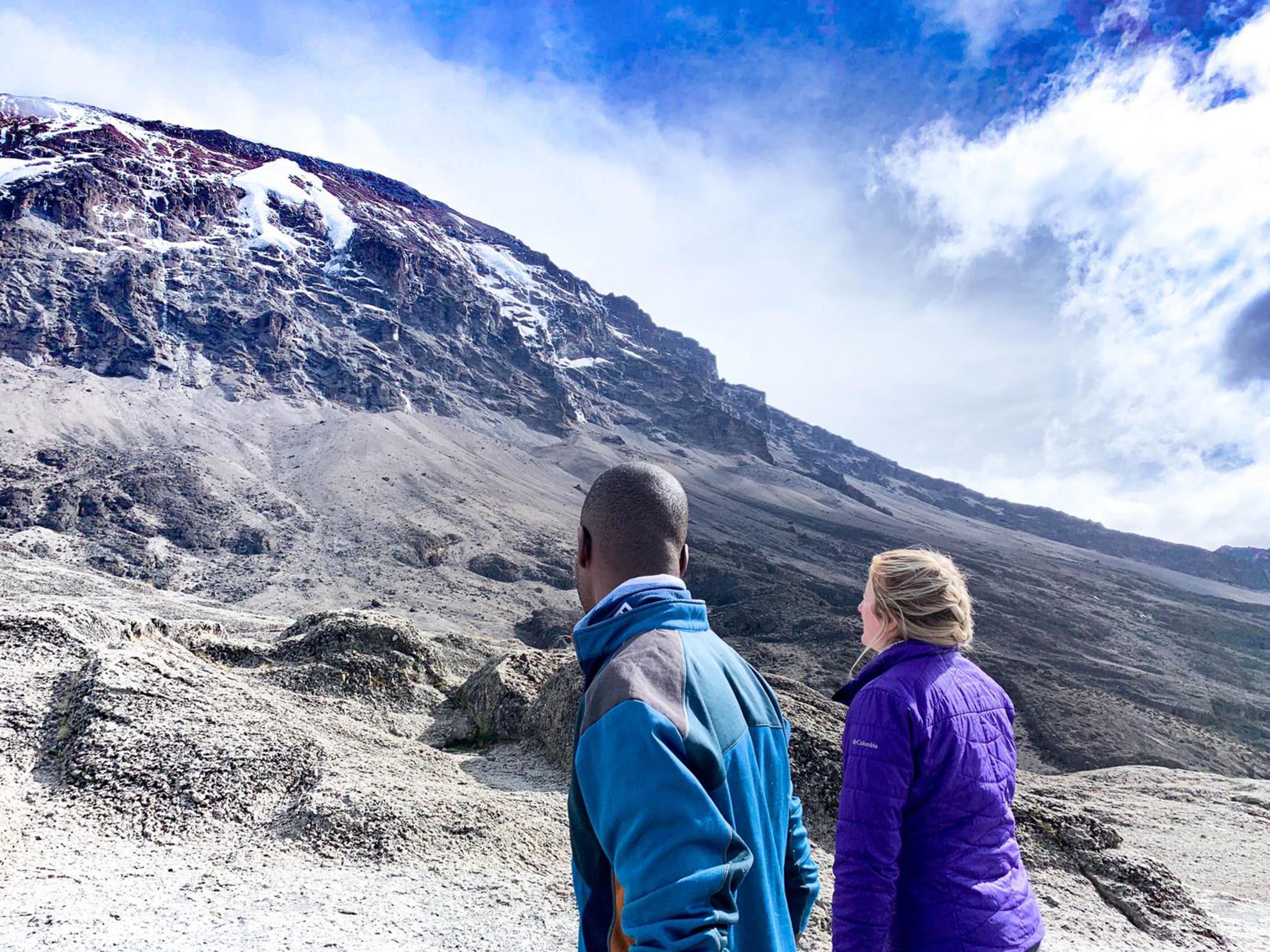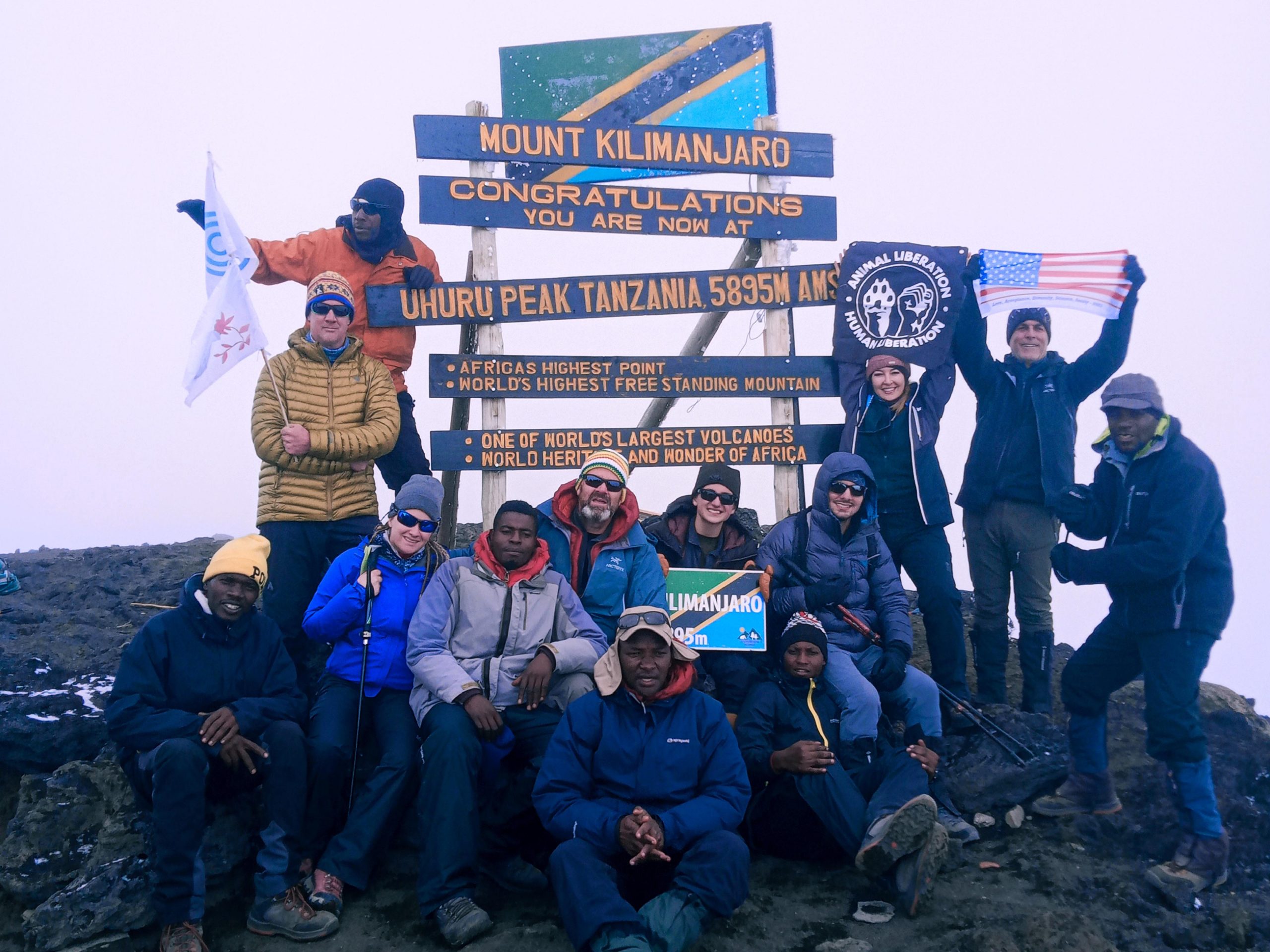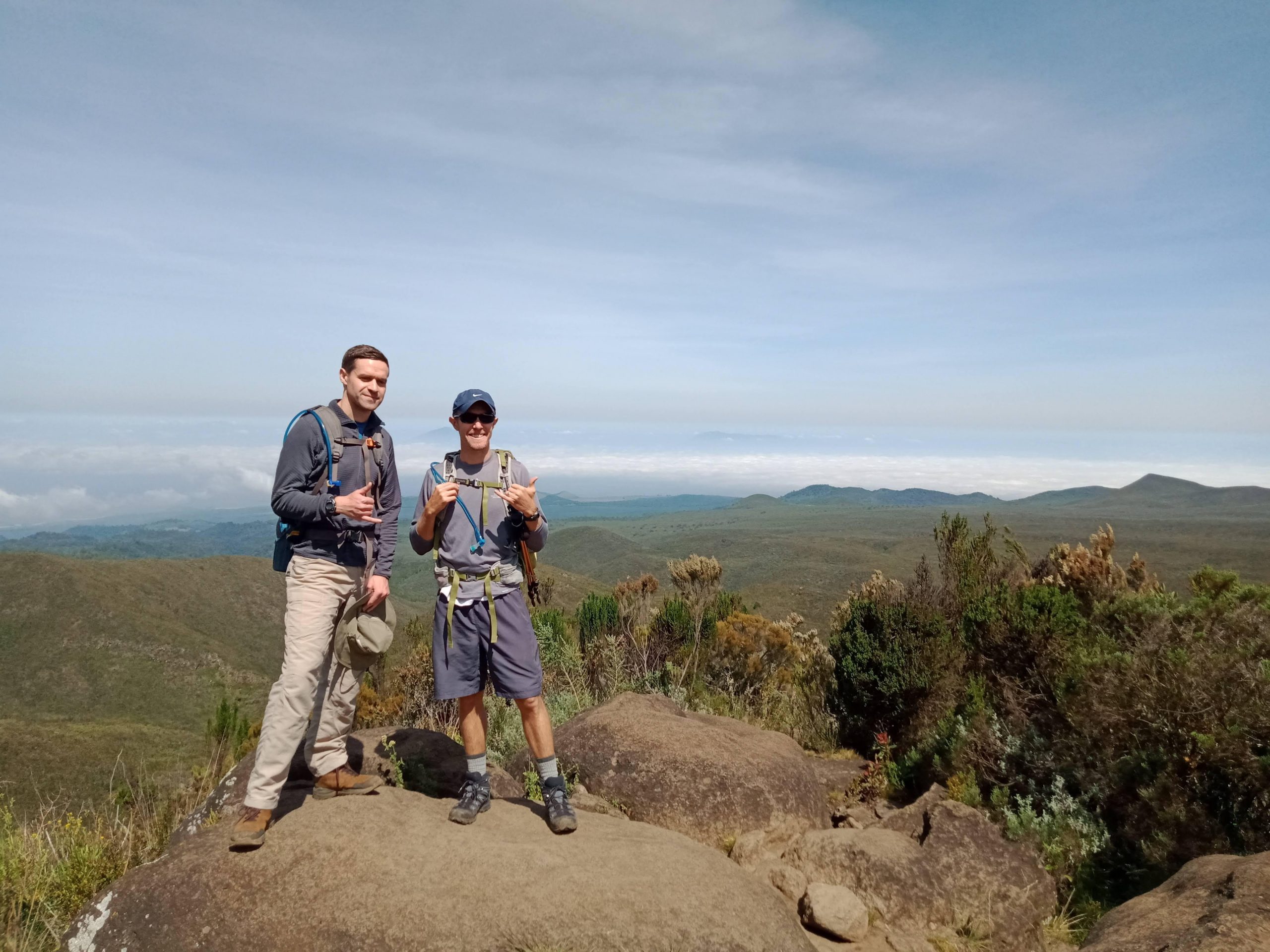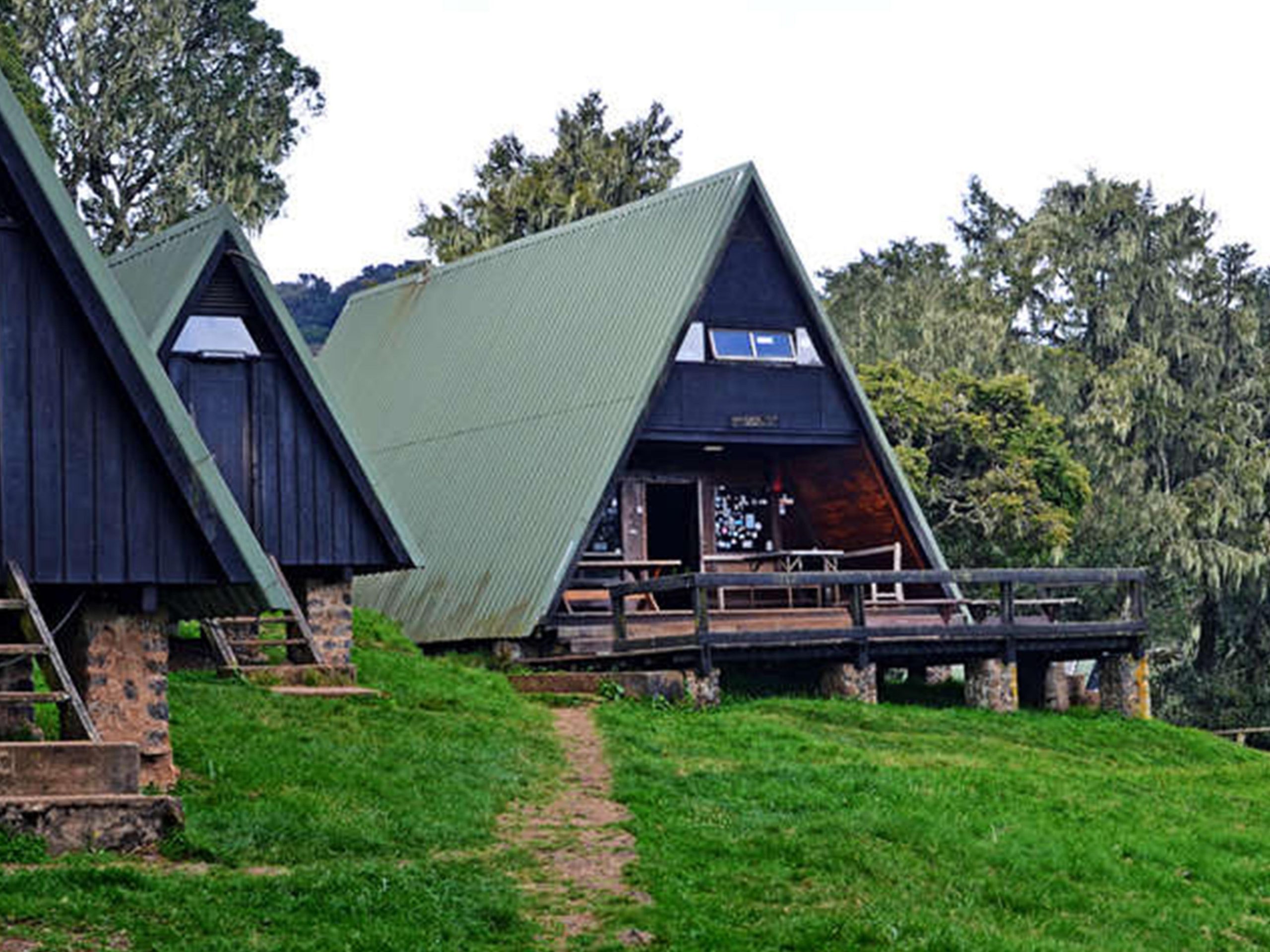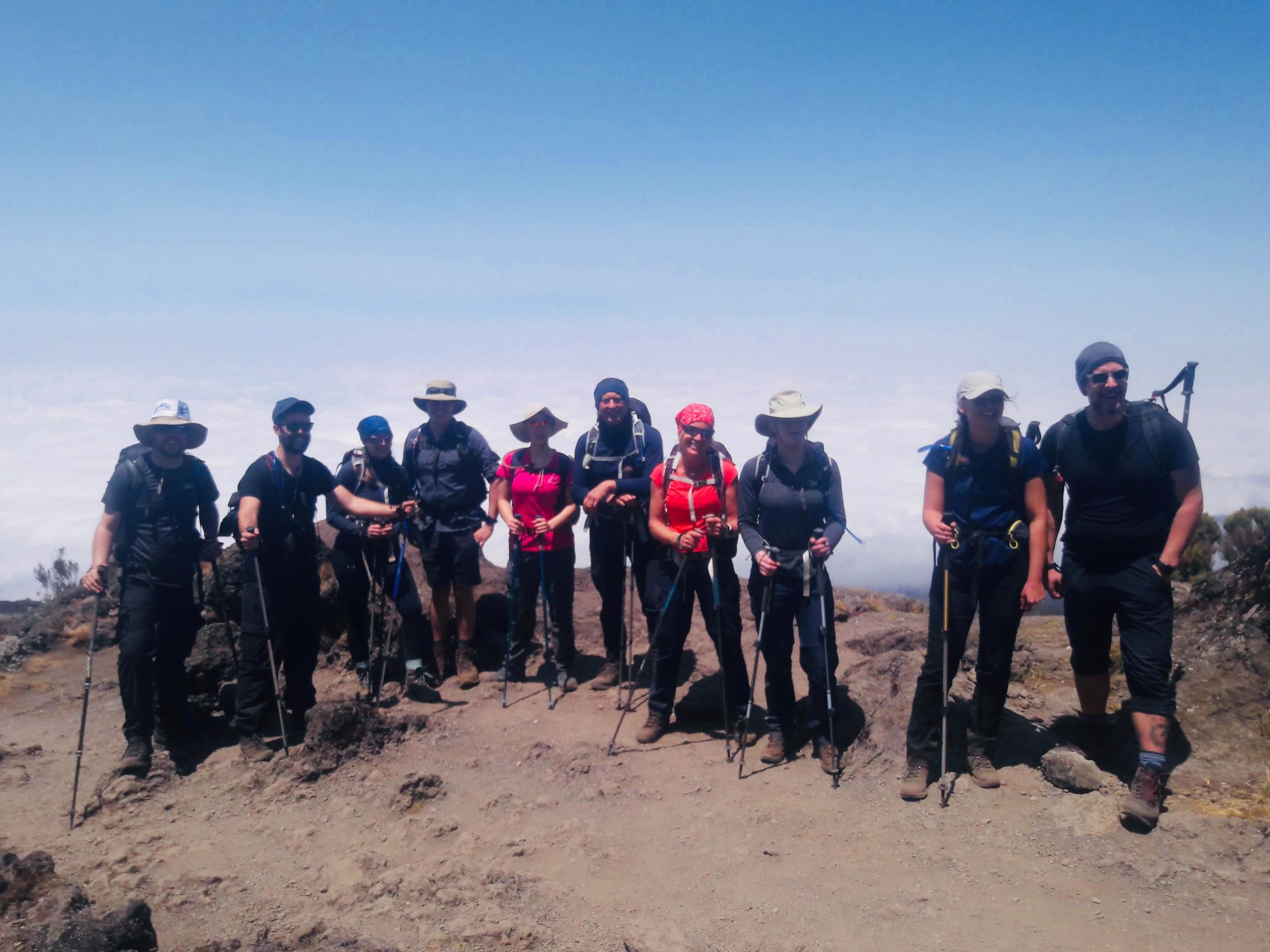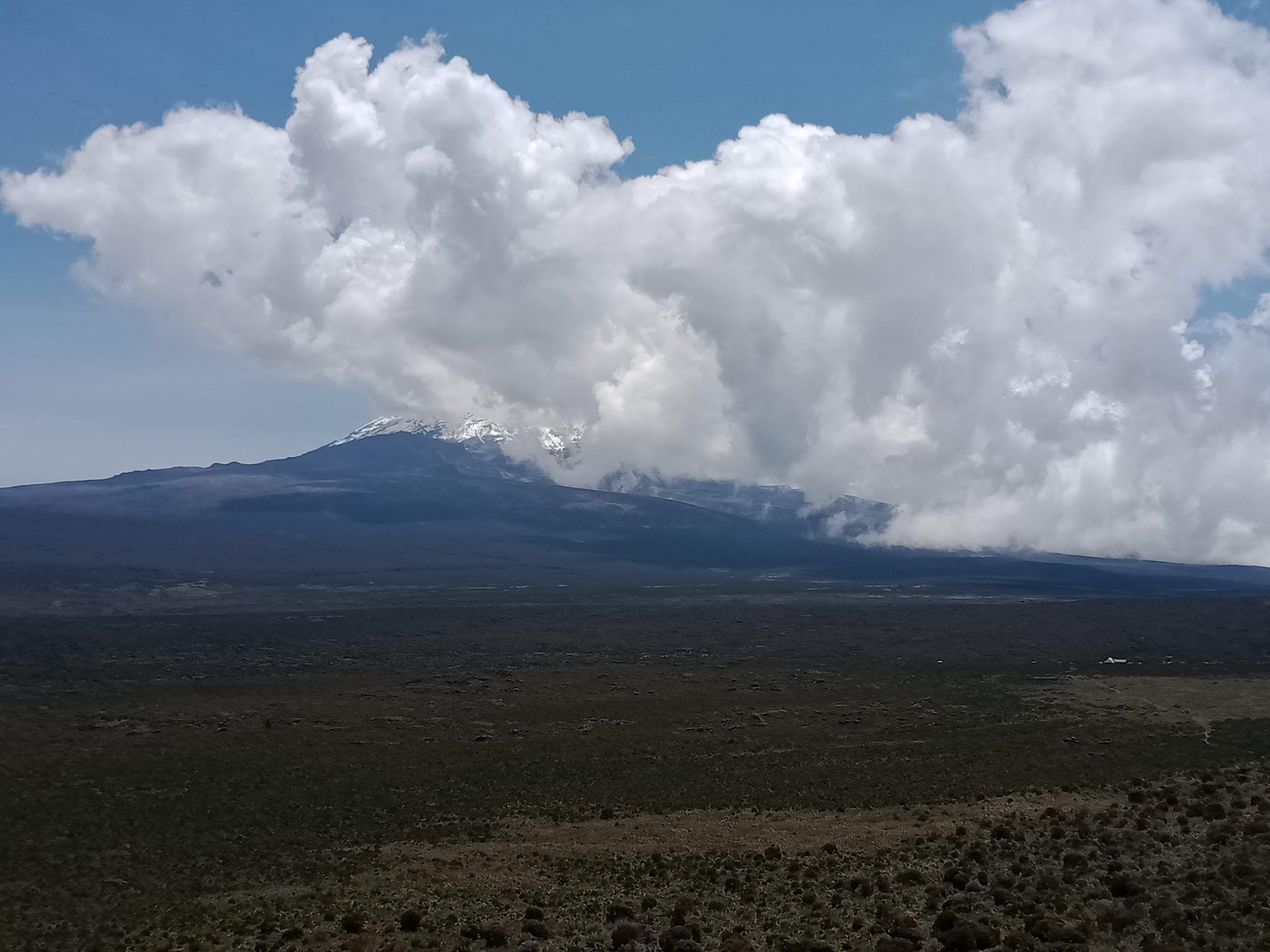- 2 Days Safari
- 3 Days Mt. Meru Climbing
- 3 Days Safari
- 3 Days Zanzibar.
- 4 Days Mt. Meru Climbing
- 4 Days Safari
- 4 Days Zanzibar.
- 5 Days Marangu Route
- 5 Days Safari
- 5 Days Zanzibar holiday
- 6 Days Lodge Safari
- 6 Days Machame Route
- 6 Days Marangu Route
- 6 Days Umbwe Route
- 7 Days Lemosho Route
- 7 Days Machame Route
- 7 Days Rongai Route
- 7 Days Tanzania Safari
- 8 Days Lemosho Route: Conquer Kilimanjaro’s Most Scenic Trail
- 8 Days Northern Circuits Route
- About us
- blog
- Blog2
- Chagga Tour
- Coffee Tour
- contact us
- DayTrips
- FAQS
- Home
- Hot Air Ballon safari
- Kilimanjaro Joining Groups
- Kilimanjaro Joining Groups old
- Kilimanjaro Packing List
- Marangu Day trip
- Materuni water fall
- Mount Kilimanjaro Climbing
- Mount Kilimanjaro Reviews & Testimonials
- Mount Meru
- Mt.Climbing
- Nafika Tours Term and Conditions
- Our Story
- page
- Safari
- Sample Page
- sustainability and community development
- what is the Tanzania safari
- Zanzibar
MOUNT KILIMANJARO INFORMATION
KILIMANJARO
Kilimanjaro is the highest mountain in Africa with a height of about 4,900 meters from its base and 5,895 meters above the sea level. It is within the Kilimanjaro National Park and is a major climbing destination attracting celebrities and adventure sportspersons. Even if it’s situated near the equator, it is famous for its snow-capped mountain tops offering alluring landscapes.
Even though there are no special skills or technical gears needed for Mount Kilimanjaro Climbing, the climbers are required to be physically fit and trained. Nevertheless, it’s a great place to relish.
WEATHER, SEASONS & TIMING
The best times to climb regarding to the weather (avoiding rain) is from January to early March, and June to mid-October. There’s a long, dry winter and a green season with two rainy periods at each end. December, January, February and March are the warmest months, with clear mornings and evenings, and clouds during the day that occlude the summit in the early afternoon hours.
The predictable patterns of weather make it a good time to climb. The main rain season lasts from beginning of April to early June. At this time, dense cloud formations are massed over the mountain reducing visibility, and you can expect frequent snowstorms on the summit and heavy rains on the lower slopes. The longest and driest season runs from mid-June to mid-October. During this time it can be very cold at night.
During Kilimanjaro’s “winter,” there is a persistent dripping belt of clouds girdling the whole mountain above the forests and the moorland contour. Leaving the summit a few other distant peaks poking through. Above the clouds it is usually clear and dry, and thus is one of the best times to plan the trek. In late October, it finally rains, and until the middle of December, the mountain is shrouded in heavy clouds, with persistent showers from the base to the summit.
The best months to ascend the mountain are January, February, March, June, July, August, September and early October. Avoid climbing during the heavy rain season between April and May, and November (the short rains) if you can.
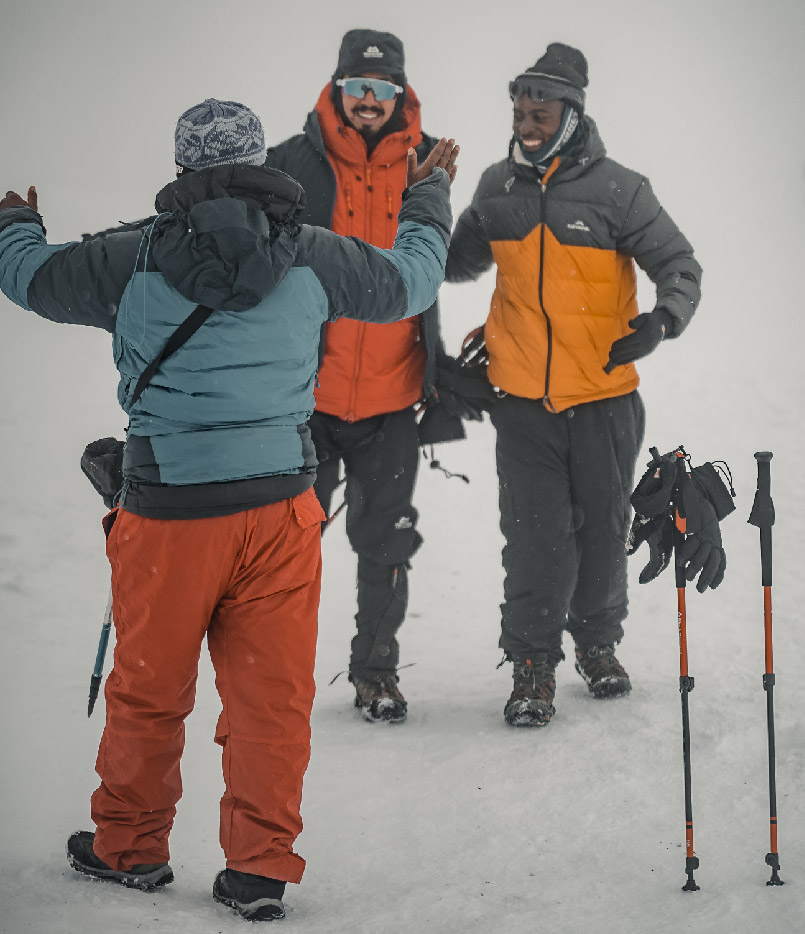
TRAVELLING INFORMATION:
If you arrive at the Kilimanjaro International Airport, you will be met by Nafika tours representative and transferred to your hotel in Moshi or Arusha. We recommend at least one day rest before starting your trek. If you are transferring from Nairobi, Dar es Salaam and Zanzibar, this can act as your rest day. If you have time, a bit walk and shopping in Moshi town.
In the evening your guide will provide a briefing before your trek and do an equipment check, those which are missing they can be rented. Extra luggage can be stored in a locked storage room at your hotel in Moshi at no charge.
The next morning, after breakfast you will be pick up with our driver and your guide and drive to the park gate. Depending on the route you take, the drive to the trailhead can take up to one hour to the park gate.
Once you reach the park gate, climbers are requested to make their final preparations for the climb and sign the national park registration book. Porters will be seen arranging their packs containing the food, water, and other equipment. Make sure that you have all your day pack items with you as the porters travel very quickly.
The average hiking day begins between 8-9am and is about 4 to 6 hours, walking very slowly (polepole). The distances you will hike each day are very moderate so as to acclimatize a little at a time.
The terrain lower down is absolutely gorgeous and fascinating. Higher up, the views are vast. There is little to do at the camps themselves, so take advantage of the slow pace to absorb the scenery and take every photo opportunity.
The hike to the summit starts around midnight depending on your route and speed of your group. You will go as high as you feel fit. Some people stop at the crater rim, and others continue to the very highest point on the mountain. At the summit you will have a chance of taking nice photos while enjoying great views with sunrise.
Afterwards your guide will take you down to the campsite for hot lunch and short rest before descend to the last camp for dinner and overnight.
You can add an extra day at the Horombo Huts (3720m). You can spend a full day and a second night at Horombo. On this day, you can either rest at the huts or walk up to zebra rock for acclimatization and taking nice photos on a beautiful view before return to your hut for lunch and overnight. This extra day will help your acclimatization, and further your understanding of the mountain’s weather and altitude. After your pause, you will continue up to the Kibo Huts on your fourth day for your midnight start to the summit.
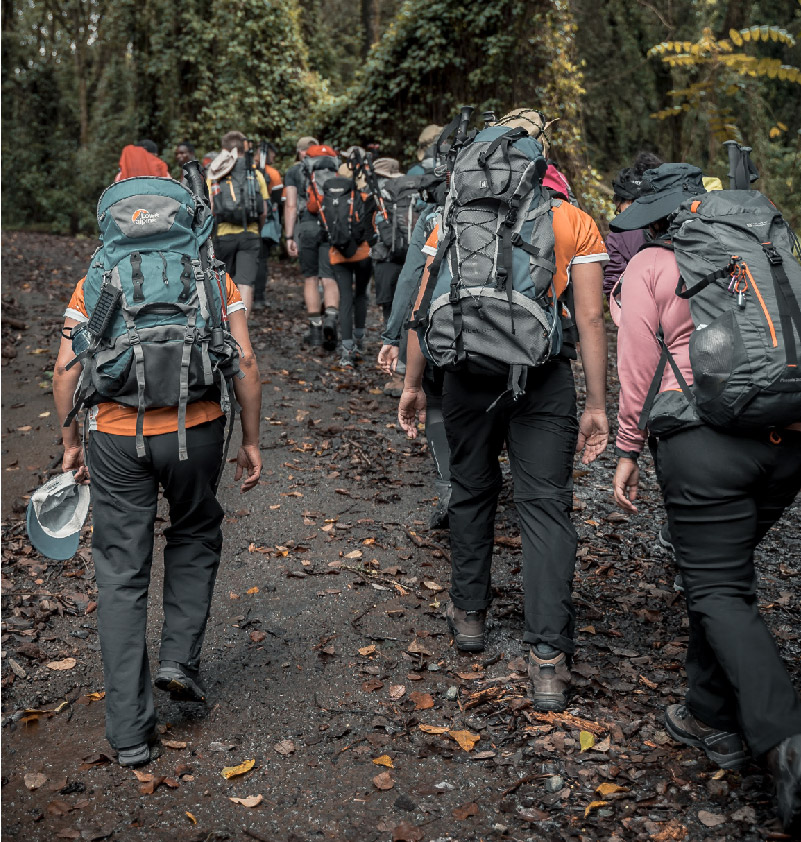
Guides & porters
A local guide is required to hike Kilimanjaro. Porters will also go on the trip to carry your luggage, food, and other equipment. You will only have to carry a day pack with your daily essentials.
Our tipping policy on Kilimanjaro and Mount Meru
As a part to say goodbye to our mountain crew we usually recommend to tip our mountain crew at the end of tour;
Usual:
$20/day for guides,
$12-15/day for cooks and
$8-10/day for porters. This is from the whole group, not per hiker.
Expect 2 guides per 2 hikers and 1 cook per 2 hikers:
Expect porters as follows:
2 porter per hiker on the 5 days Marangu route.
3 porters per hiker on 6 and 7 days Machame route.
3 porters per hiker on 8 and 9 days Lemosho route.
4 porters per hiker on 8 and 9 days Northern circuit route.
Sometimes extra porters are required based on the weight of your luggage.
Gifts: Guides and porters also appreciate your warm clothing, shoes, and packs. You may want to bring some older clothing items for this purpose.
Celebration: You are also welcome to invite your guides back to the Hotel in Moshi for dinner and celebrations. (as a thank-you in addition to their tip)

Destination Location
Mount Kilimanjaro is located three degrees south of the equator in North-eastern Tanzania. It is the tallest mountain in Africa and is the highest free-standing mountain in the world. Of the famous highest seven peaks in the world, this is the easiest to get to and the easiest to climb. It requires no technical climbing experience, and any moderately fit person can summit the mountain.
Travel Companions
We can combine groups if they are starting the same route on the same day. However, we can also arrange for private groups at no extra cost. We will try to add single travelers to a group if at all possible, but we cannot guarantee it. We can accommodate large groups of any size.
ROUTE CHOICES
There are a few route choices to climb Kilimanjaro. The standard itineraries range from 5 days to 9 days. Of the routes, Marangu route is different from the others. There the overnights are spent in dormitory-style huts with solar power. All other routes are camping routes. It is the least expensive and shortest route. It is not as scenic as the other routes though and does not offer very good acclimatization since it is a short climb. It is the only route where the ascent and descent follow the same path.
The most popular routes are the Machame route and the Lemosho route. A few years ago Lemosho was known as a little-used route, now it is our most requested route. Both these routes offer great acclimatization and are scenic.
Umbwe route is the most difficult route and does not offer very good acclimatization but is sought after by some experienced climbers as the biggest challenge. It is not recommended for the average climber.
Rongai route is a lesser used route but quite scenic. Many people think of it as the easiest route on the mountain. It is a good route choice during wet months (March, April, May, November) since the north side of the mountain does not receive as much precipitation.
Northern Circuit route is not yet an official route but an excellent choice for a climb, it offers very good acclimatization.
The Mweka route is used for descent only. It is used by Machame, Lemosho, Umbwe and Northern Circuit for the descent. Rongai and Marangu routes descend along the Marangu route (note that although huts are present on the Marangu route, those descending from the Rongai route will still have overnights in tents.)
- GET TO KNOW MORE
Kilimanjaro Climbing Packages
MOST POPULAR KILIMANJARO PACKAGES
MOST POPULAR SAFARI PACKAGES
CONTACT US
- P.O. Box 1869, Moshi, Tanzania
- +255 753 118 725
- +255 753 118 725
- mailto:nafikatours@gmail.com

